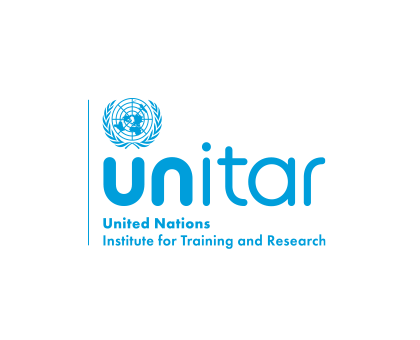
CIFAL Honolulu - Conservation Biology and Ecology
An introduction to conservation biology issues and goals and the principles of ecology. The course includes consideration of the impacts of human activity on ecosystems and our efforts to ameliorate destructive impacts and devise sustainable solutions. Major topics include the effects of industrialization, agriculture, pollution, species introduction and human population growth and development on the health and future sustainability of ecosystems and humans alike. Particular emphasis is placed on island ecosystems.
1. Summarize what science is and how scientific research is conducted and shared with others 2. Outline the role of science in enabling us to understand and problem-solve environmental phenomena 3. Explain the role of ethics in allowing us to define environmental problems and solutions 4. Describe the major physical causes of habitat/ecosystem degradation and destruction 5. Relate a number of potential solutions for global and Pacific Island habitat/ecosystem degradation and destruction 6. Give examples of the basic structure and types of fresh water and terrestrial ecosystems 7. Categorize the generalized sorts of interactions between organisms and their environment 8. Define what a healthy ecosystem is and what sustainability means in general 9. Explain the historic reasons why human population growth occurred and what its future implications are for ourselves and other species 10. Experience first-hand the connections between academic work and real-life situations
Knowledge, Ethics & the Environment in General, Pristine Nature: Biodiversity and Ecology, Island Populations and Challenges, Restoring Biodiversity & Living Sustainably on Island Earth
Exam I and II and Final Exam (20% each) 60% 600 pts Habitat Type Project - Group Presentation 15% 150 pts 15 hours of Service Learning + Survey, Photo & Discussion 15% 150 pts Quizzes on outside readings (i.e. readings not in the textbook)
Undergraduate students

